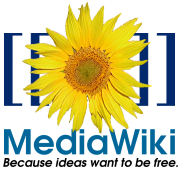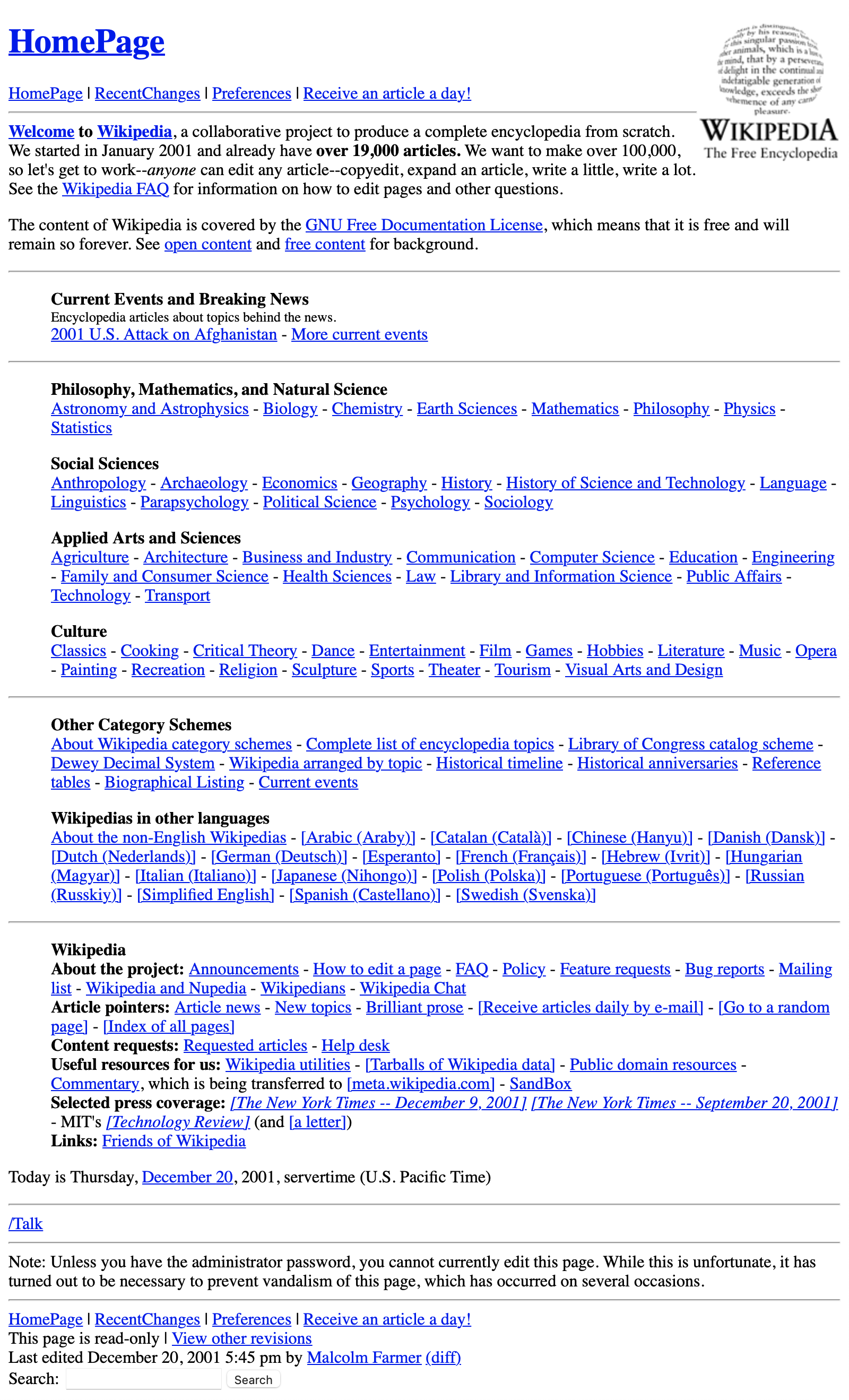|
X-convention
There are two conventional sets ASCII substitutions for the letters in the Esperanto alphabet that have diacritics, as well as a number of graphic work-arounds. The diacritics of Esperanto were designed with a French manual typewriter in mind, as French was the international language at the time Esperanto was developed. French typewriters have a dead key for the circumflex that can be used in combination with any other key. In handwritten Esperanto, the diacritics pose no problem. However, since the Esperanto letters with diacritics do not appear on standard computer keyboard layouts (French computer keyboards, unlike manual typewriters, typically assign the circumflex only to letters that bear it in French orthography), various alternative methods have been devised for inputting them or substituting them in type. The original method, suggested by Zamenhof for people who did not have access to a French typewriter, was a set of digraphs in ''h'', now known as the "Zamenhof-system" ... [...More Info...] [...Related Items...] OR: [Wikipedia] [Google] [Baidu] |
Esperanto
Esperanto ( or ) is the world's most widely spoken constructed international auxiliary language. Created by the Warsaw-based ophthalmologist L. L. Zamenhof in 1887, it was intended to be a universal second language for international communication, or "the international language" (). Zamenhof first described the language in '' Dr. Esperanto's International Language'' (), which he published under the pseudonym . Early adopters of the language liked the name ''Esperanto'' and soon used it to describe his language. The word translates into English as "one who hopes". Within the range of constructed languages, Esperanto occupies a middle ground between "naturalistic" (imitating existing natural languages) and ''a'priori'' (where features are not based on existing languages). Esperanto's vocabulary, syntax and semantics derive predominantly from languages of the Indo-European group. The vocabulary derives primarily from Romance languages, with substantial contributions from Ge ... [...More Info...] [...Related Items...] OR: [Wikipedia] [Google] [Baidu] |
Akademio De Esperanto
The Akademio de Esperanto (AdE; en, Academy of Esperanto, link=yes) is an independent body of Esperanto speakers who steward the evolution of said language by keeping it consistent with the ''Fundamento de Esperanto'' in accordance with the Declaration of Boulogne. Modeled somewhat after the Académie française and the Real Academia Española, the Akademio was proposed by L. L. Zamenhof, the creator of Esperanto, at the first World Esperanto Congress, and was founded soon thereafter under the name ''Lingva Komitato'' (Language Committee). This Committee had a "superior commission" called the ''Akademio''. In 1948, within the framework of a general reorganization, the Language Committee and the Academy combined to form the Akademio de Esperanto. The Akademio consists of 45 members and has a president, vice presidents, and a secretary. The corresponding address including e-mail is at the secretary. It is funded by a subsidy from the Universal Esperanto Association and by donations. ... [...More Info...] [...Related Items...] OR: [Wikipedia] [Google] [Baidu] |
Inputting Esperanto Text On Computers
There are a number of methods to input Esperanto letters and text on a computer, e.g. when using a word processor or email. Input methods depend on a computer's operating system. Specifically the characters ĵ, ĝ, ĉ, ĥ, ŭ, ŝ can be problematic. All modern email clients and servers accept Unicode text as UTF-8 in at least one of the following Content-Transfer-Encoding types: 8bit, quoted-printable, or base64. Esperanto text will normally be transmitted in UTF-8 with a Content-Transfer-Encoding of either 8bit (if the server supports it) or (failing that) quoted-printable. An Esperanto locale would use a and a as in 1234567,890. Time and date format among Esperantists is not standardized, but of course "internationally unambiguous" formats such as 2020-10-11 (or 11-okt-2020) are preferred when the date is not spelled out in full (e.g., "la 11-a de oktobro 2020"). Reference The Esperanto alphabet is part of the Latin-3 and Unicode character sets, and is included in WGL4 ... [...More Info...] [...Related Items...] OR: [Wikipedia] [Google] [Baidu] |
Greater Than
In mathematics, an inequality is a relation which makes a non-equal comparison between two numbers or other mathematical expressions. It is used most often to compare two numbers on the number line by their size. There are several different notations used to represent different kinds of inequalities: * The notation ''a'' ''b'' means that ''a'' is greater than ''b''. In either case, ''a'' is not equal to ''b''. These relations are known as strict inequalities, meaning that ''a'' is strictly less than or strictly greater than ''b''. Equivalence is excluded. In contrast to strict inequalities, there are two types of inequality relations that are not strict: * The notation ''a'' ≤ ''b'' or ''a'' ⩽ ''b'' means that ''a'' is less than or equal to ''b'' (or, equivalently, at most ''b'', or not greater than ''b''). * The notation ''a'' ≥ ''b'' or ''a'' ⩾ ''b'' means that ''a'' is greater than or equal to ''b'' (or, equivalently, at least ''b'', or not less than ''b''). The re ... [...More Info...] [...Related Items...] OR: [Wikipedia] [Google] [Baidu] |
Caret
Caret is the name used familiarly for the character , provided on most QWERTY keyboards by typing . The symbol has a variety of uses in programming and mathematics. The name "caret" arose from its visual similarity to the original proofreader's caret, a mark used in proofreading to indicate where a punctuation mark, word, or phrase should be inserted into a document. The formal ASCII standard (X3.64.1977) calls it a "circumflex". History Typewriters On typewriters designed for languages that routinely use diacritics (accent marks), there are two possible ways to type these. Keys can be dedicated to precomposed characters (with the diacritic included) or alternatively a dead key mechanism can be provided. With the latter, a mark is made when a dead key is typed but, unlike normal keys, the paper carriage does not move on and thus the next letter to be typed is printed under the accent. The symbol was originally provided in typewriters and computer printers so that circumfl ... [...More Info...] [...Related Items...] OR: [Wikipedia] [Google] [Baidu] |
Wikipedia Signpost/2012-12-31/Interview
Wikipedia is a multilingual free online encyclopedia written and maintained by a community of volunteers, known as Wikipedians, through open collaboration and using a wiki-based editing system. Wikipedia is the largest and most-read reference work in history. It is consistently one of the 10 most popular websites ranked by Similarweb and formerly Alexa; Wikipedia was ranked the 5th most popular site in the world. It is hosted by the Wikimedia Foundation, an American non-profit organization funded mainly through donations. Wikipedia was launched by Jimmy Wales and Larry Sanger on January 15, 2001. Sanger coined its name as a blend of ''wiki'' and ''encyclopedia''. Wales was influenced by the "spontaneous order" ideas associated with Friedrich Hayek and the Austrian School of economics after being exposed to these ideas by the libertarian economist Mark Thornton. Initially available only in English, versions in other languages were quickly developed. Its combined editions com ... [...More Info...] [...Related Items...] OR: [Wikipedia] [Google] [Baidu] |
Brion Vibber
MediaWiki is a free and open-source wiki software. It is used on Wikipedia and almost all other Wikimedia websites, including Wiktionary, Wikimedia Commons and Wikidata; these sites define a large part of the requirement set for MediaWiki. It was developed for use on Wikipedia in 2002, and given the name "MediaWiki" in 2003. MediaWiki was originally developed by Magnus Manske and improved by Lee Daniel Crocker. Magnus Manske's announcement of "PHP Wikipedia", wikipedia-l, August 24, 2001 Its development has since then been coordinated by the Wikimedia Foundation. MediaWiki is written in the PHP programming language and stores all text content into a database. The software is optimized to efficiently handle large projects, which can have terabytes of content and hundreds of thousands of views per second. Because Wikipedia is one of the world's largest websites, achieving scalability through multiple layers of caching and database replication has been a major concern for dev ... [...More Info...] [...Related Items...] OR: [Wikipedia] [Google] [Baidu] |
MediaWiki
MediaWiki is a free and open-source wiki software. It is used on Wikipedia and almost all other Wikimedia websites, including Wiktionary, Wikimedia Commons and Wikidata; these sites define a large part of the requirement set for MediaWiki. It was developed for use on Wikipedia in 2002, and given the name "MediaWiki" in 2003. MediaWiki was originally developed by Magnus Manske and improved by Lee Daniel Crocker. Magnus Manske's announcement of "PHP Wikipedia", wikipedia-l, August 24, 2001 Its development has since then been coordinated by the Wikimedia Foundation. MediaWiki is written in the PHP programming language and stores all text content into a database. The software is optimized to efficiently handle large projects, which can have terabytes of content and hundreds of thousands of views per second. Because Wikipedia is one of the world's largest websites, achieving scalability through multiple layers of caching and database replication has been a major concern for de ... [...More Info...] [...Related Items...] OR: [Wikipedia] [Google] [Baidu] |
Wikipedia
Wikipedia is a multilingual free online encyclopedia written and maintained by a community of volunteers, known as Wikipedians, through open collaboration and using a wiki-based editing system. Wikipedia is the largest and most-read reference work in history. It is consistently one of the 10 most popular websites ranked by Similarweb and formerly Alexa; Wikipedia was ranked the 5th most popular site in the world. It is hosted by the Wikimedia Foundation, an American non-profit organization funded mainly through donations. Wikipedia was launched by Jimmy Wales and Larry Sanger on January 15, 2001. Sanger coined its name as a blend of ''wiki'' and '' encyclopedia''. Wales was influenced by the " spontaneous order" ideas associated with Friedrich Hayek and the Austrian School of economics after being exposed to these ideas by the libertarian economist Mark Thornton. Initially available only in English, versions in other languages were quickly developed. Its combin ... [...More Info...] [...Related Items...] OR: [Wikipedia] [Google] [Baidu] |
ASCII
ASCII ( ), abbreviated from American Standard Code for Information Interchange, is a character encoding standard for electronic communication. ASCII codes represent text in computers, telecommunications equipment, and other devices. Because of technical limitations of computer systems at the time it was invented, ASCII has just 128 code points, of which only 95 are , which severely limited its scope. All modern computer systems instead use Unicode, which has millions of code points, but the first 128 of these are the same as the ASCII set. The Internet Assigned Numbers Authority (IANA) prefers the name US-ASCII for this character encoding. ASCII is one of the List of IEEE milestones, IEEE milestones. Overview ASCII was developed from telegraph code. Its first commercial use was as a seven-bit teleprinter code promoted by Bell data services. Work on the ASCII standard began in May 1961, with the first meeting of the American Standards Association's (ASA) (now the American Nat ... [...More Info...] [...Related Items...] OR: [Wikipedia] [Google] [Baidu] |
Esperanto Alphabet
Esperanto is written in a Latin-script alphabet of twenty-eight letters, with upper and lower case. This is supplemented by punctuation marks and by various logograms, such as the digits 0–9, currency signs such as $ € ¥ £ ₷, and mathematical symbols. The creator of Esperanto, L. L. Zamenhof, declared a principle of "one letter, one sound", though this is a general rather than strict guideline.Kalocsay & Waringhien, ''Plena analiza gramatiko'', § 17 Twenty-two of the letters are identical in form to letters of the English alphabet (''q, w, x,'' and ''y'' being omitted). The remaining six have diacritical marks: '' ĉ, ĝ, ĥ, ĵ, ŝ,'' and '' ŭ'' – that is, ''c, g, h, j,'' and ''s circumflex,'' and ''u breve.'' Latin alphabet Standard Esperanto orthography uses the Latin script. Sound values The letters have approximately the sound values of the IPA, with the exception of ''c'' and the letters with diacritics: '' ĉ'' , ''ĝ'' , ''ĥ'' , ''ĵ'' , ''ŝ ... [...More Info...] [...Related Items...] OR: [Wikipedia] [Google] [Baidu] |
Diacritic
A diacritic (also diacritical mark, diacritical point, diacritical sign, or accent) is a glyph added to a letter or to a basic glyph. The term derives from the Ancient Greek (, "distinguishing"), from (, "to distinguish"). The word ''diacritic'' is a noun, though it is sometimes used in an attributive sense, whereas ''diacritical'' is only an adjective. Some diacritics, such as the acute ( ◌́ ) and grave ( ◌̀ ), are often called ''accents''. Diacritics may appear above or below a letter or in some other position such as within the letter or between two letters. The main use of diacritics in Latin script is to change the sound-values of the letters to which they are added. Historically, English has used the diaeresis diacritic to indicate the correct pronunciation of ambiguous words, such as "coöperate", without which the letter sequence could be misinterpreted to be pronounced . Other examples are the acute and grave accents, which can indi ... [...More Info...] [...Related Items...] OR: [Wikipedia] [Google] [Baidu] |





